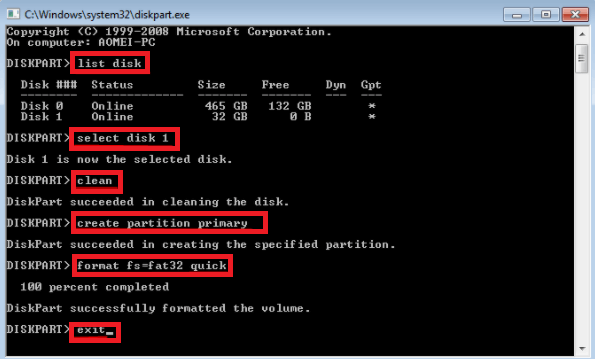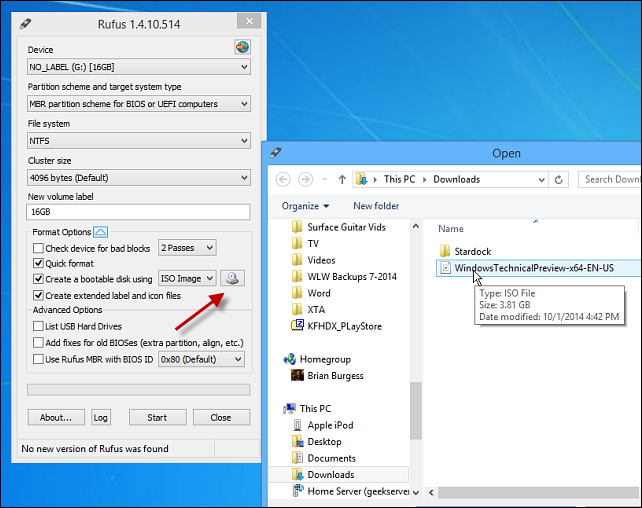

WINDOWS 10 HOW TO FORMAT USB DRIVE WINDOWS
The first option is to right-click the Windows start button and select Disk Management or type diskmgmt.msc in Command Prompt. There are two quick ways to access the tool. Windows also comes pre-installed with a Disk Management tool that allows users to perform various hard-drive related functions, including detachable USB drives, from a single convenient location. Once ready, another prompt will inform you that the process is completed. Select ‘Okay’ to proceed.ĭepending on how much data is on your USB stick, this could take a few seconds to minutes.

The system will then prompt a warning sign to make sure you want to continue. Step 3: Click Start to begin the process. Step 2: To start the formatting process, right-click and select Format.Ī pop-up should appear with formatting options, including changing the default file system of the USB drive. If your flash drive is already plugged in, you should see your USB drive listed. Step 1: Start by launching File Explorer by pressing Windows + E and clicking “This PC”.

The most well-known method to format USB drives in Windows is through File Explorer. USB flash drives often become corrupted, meaning that even if the device appears intact, your system will not be able to read and provide access to files.įortunately, Windows makes it incredibly easy to format USB sticks. How to format a flash drive on Windowsīefore formatting USB flash drives, it’s important to understand why it’s required in the first place. Nowadays, this has become relatively easy with the help of file recovery software. So, the good news is you can still recover data lost after a format.
WINDOWS 10 HOW TO FORMAT USB DRIVE FULL
However, in a full format, USB drives are ‘zeroed’ and all data is permanently erased without any means to retrieve it. But that’s not always the case if you know what happens when you format a flash drive.Ī quick format deletes the filesystem identifier or link to the data but the files can still be retrieved.

On the surface, reformatting thumb drives means erasing all the data it holds, including temporary files, hidden documents, and malware.


 0 kommentar(er)
0 kommentar(er)
